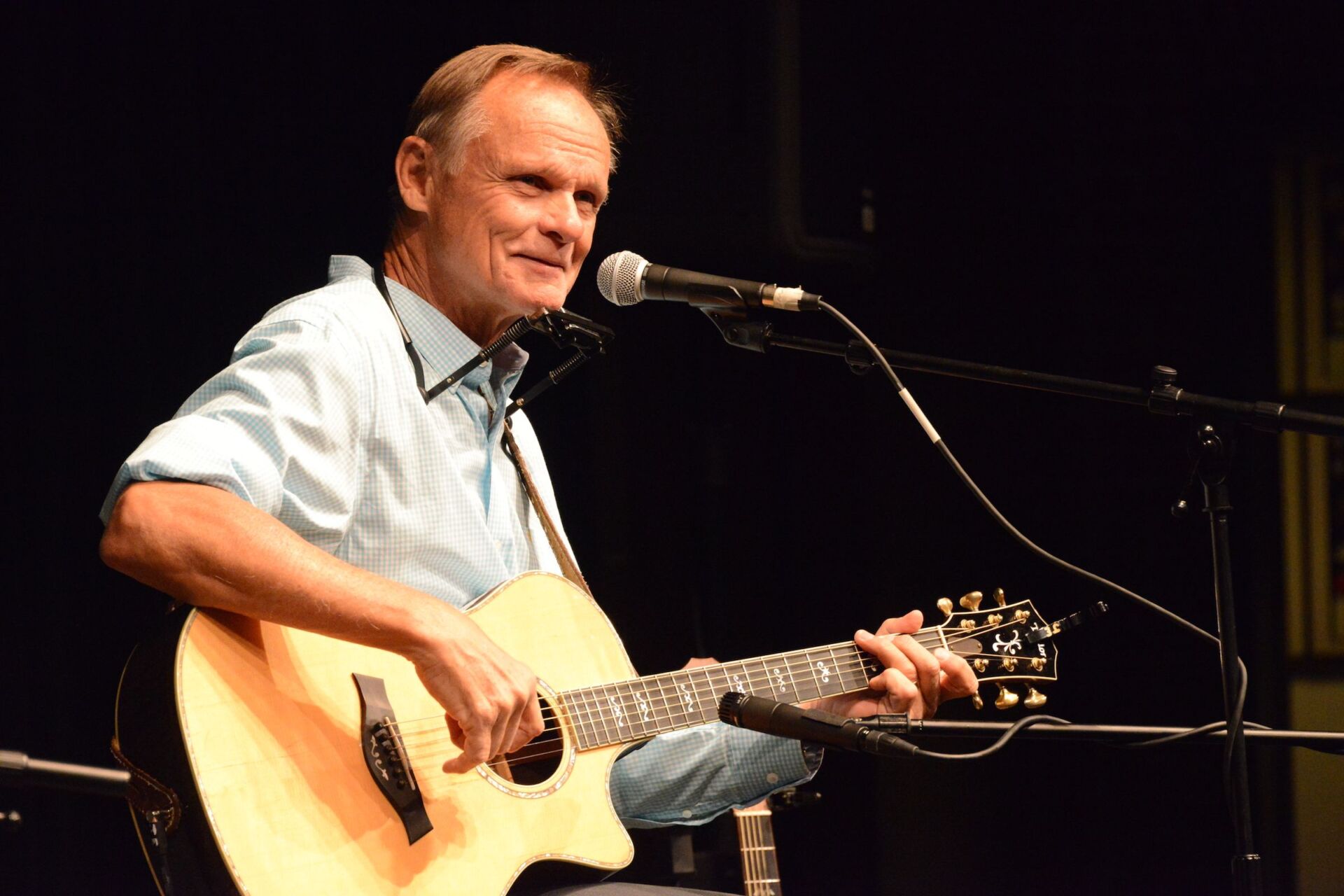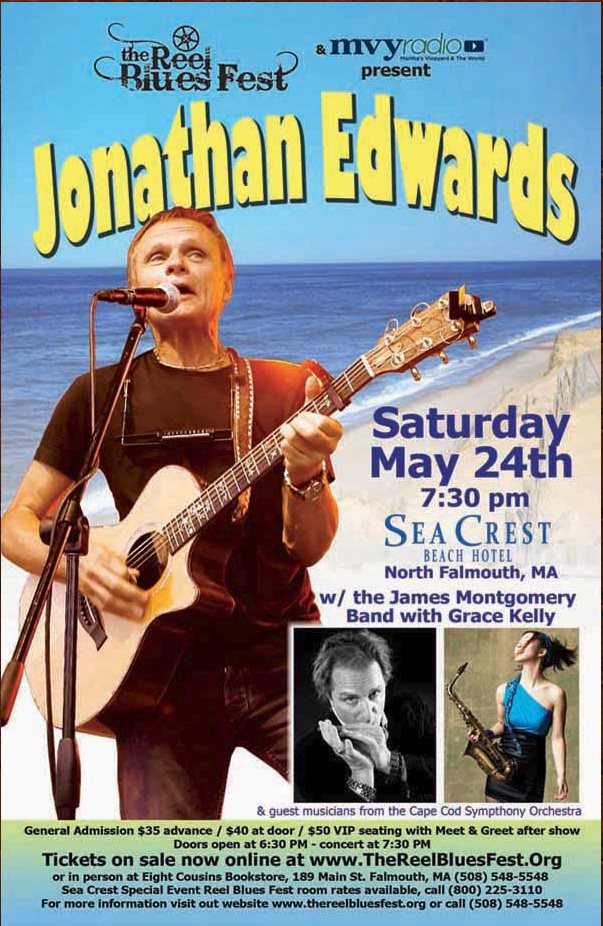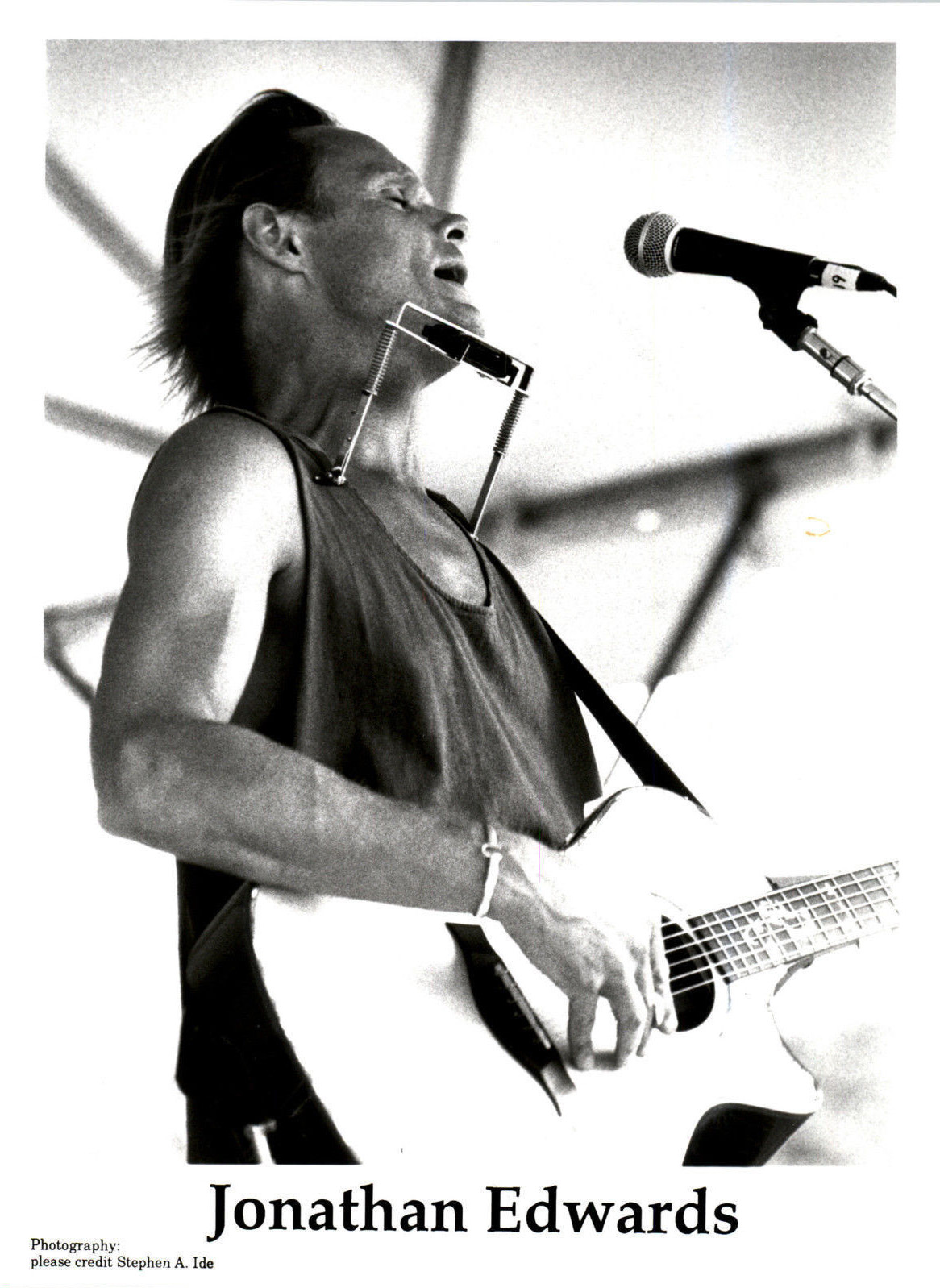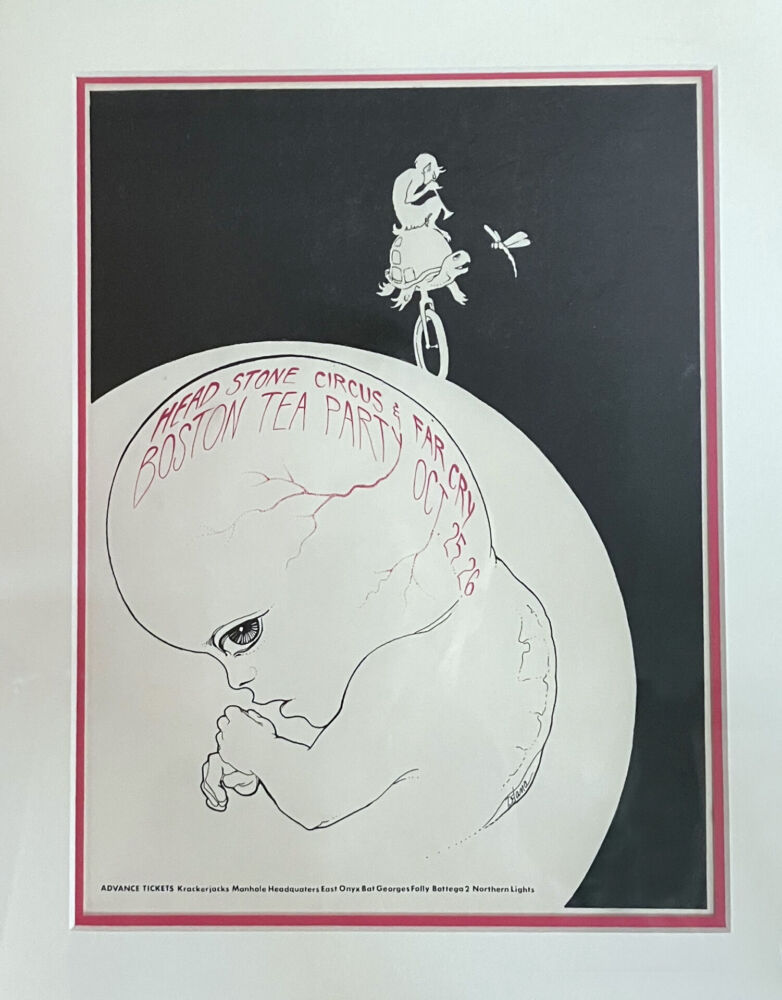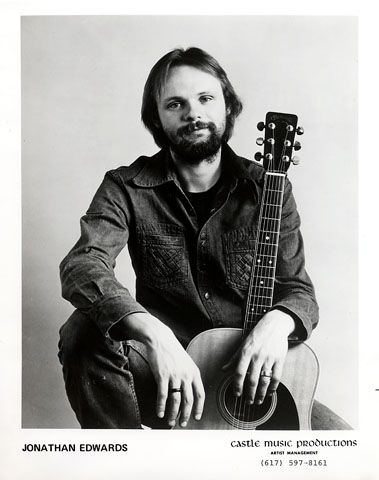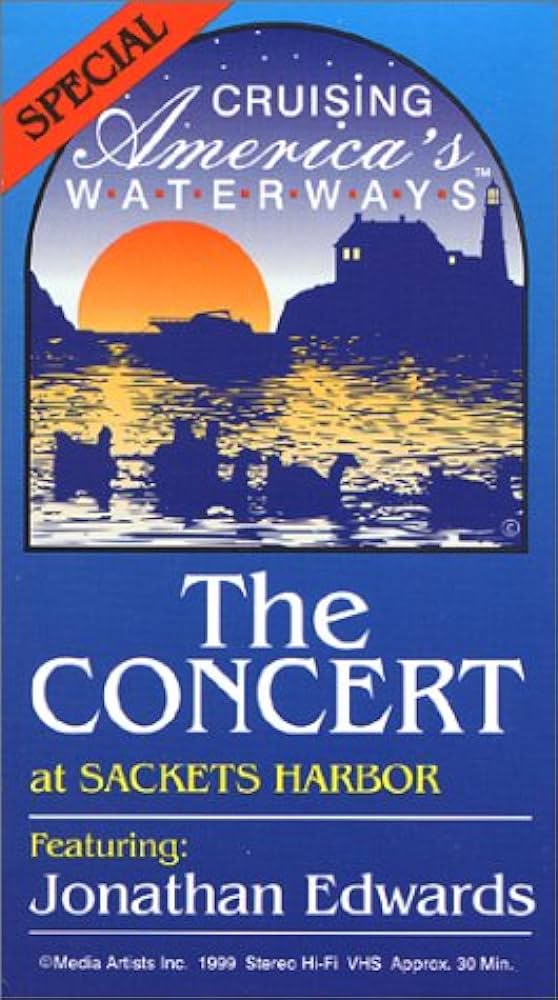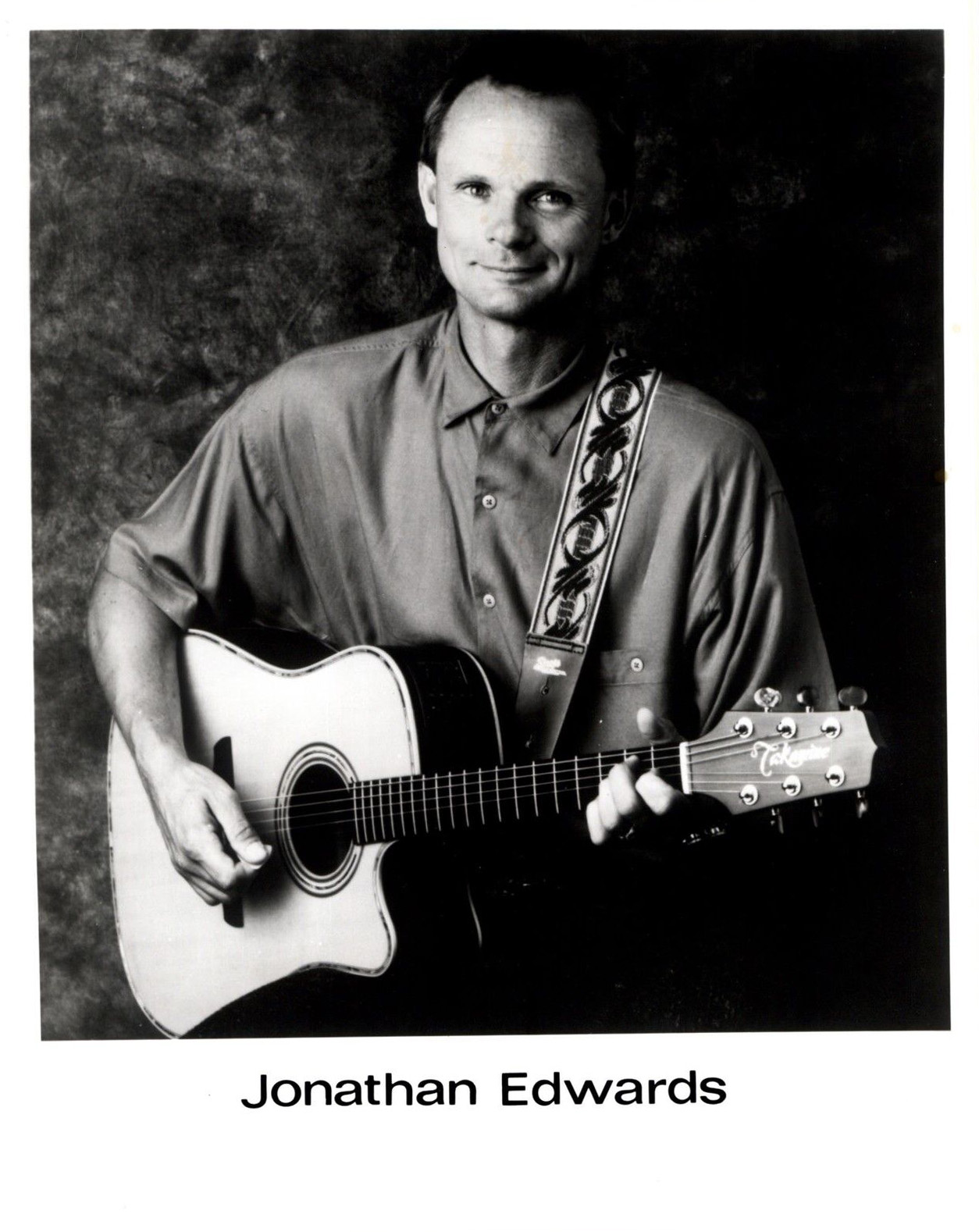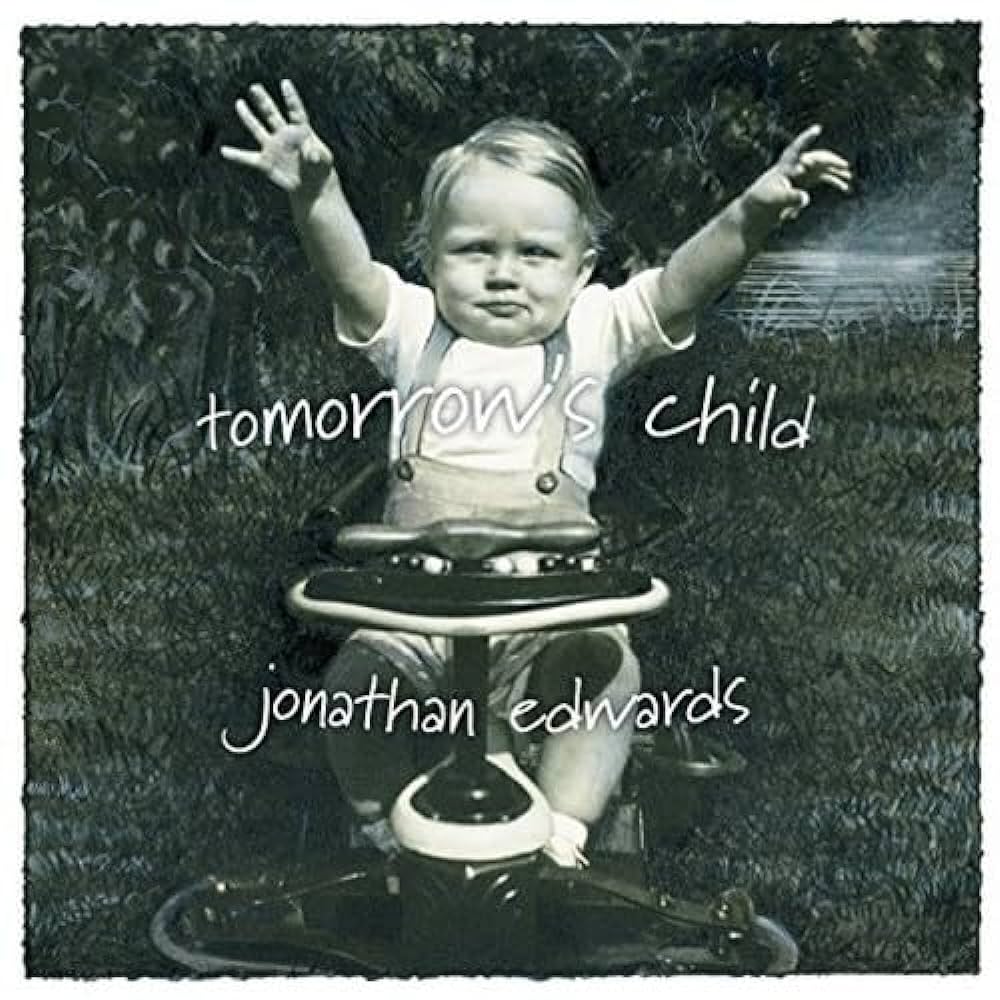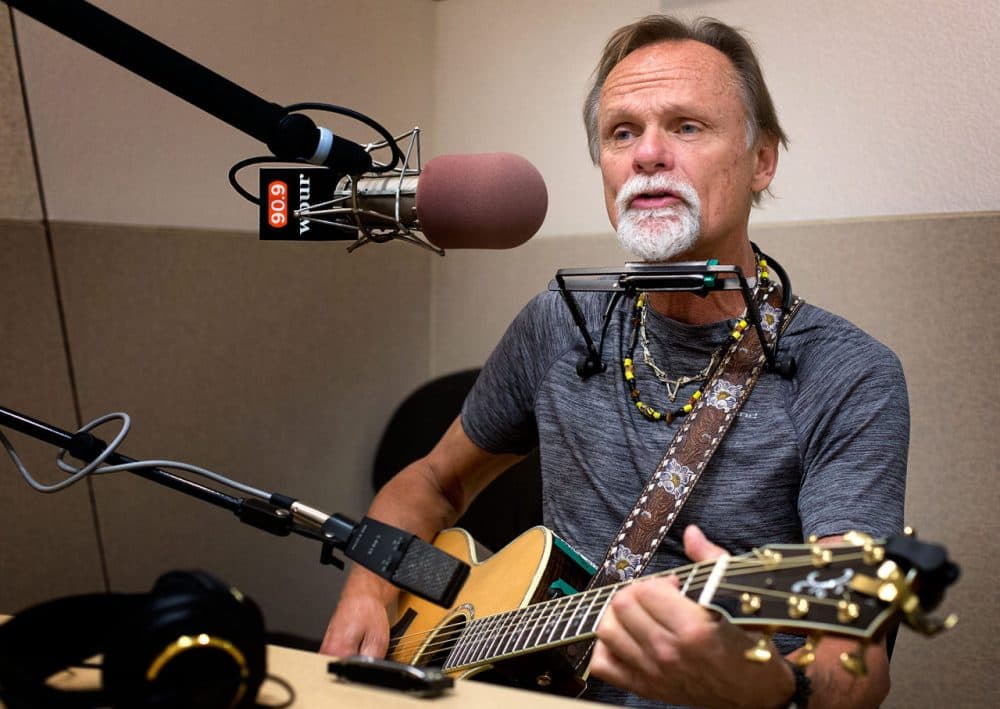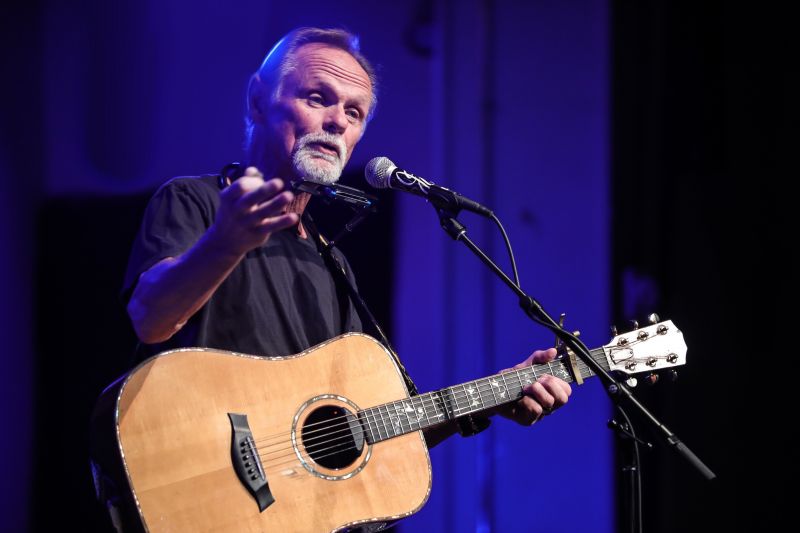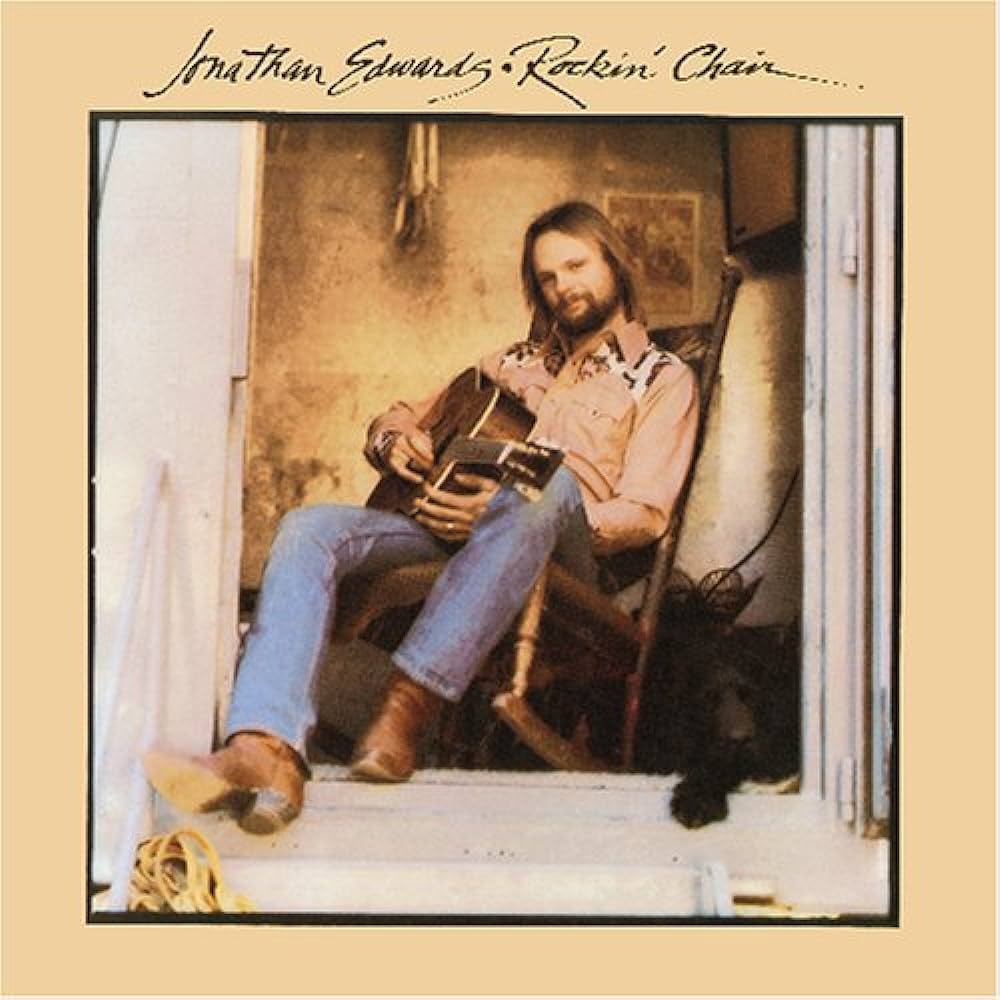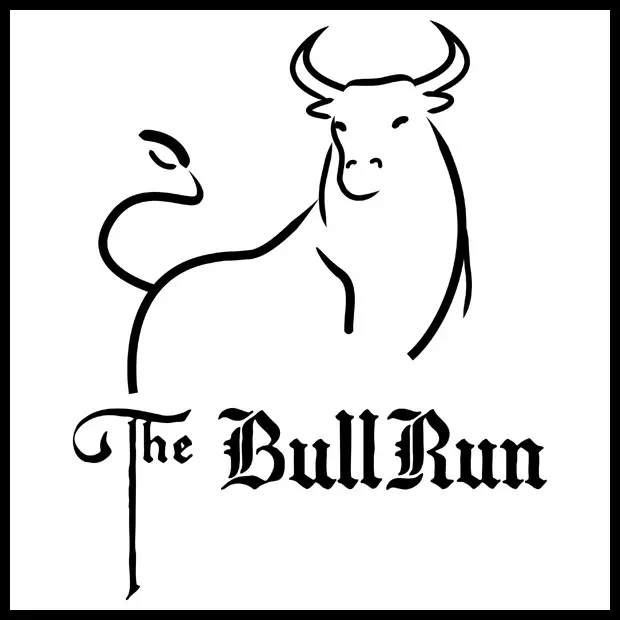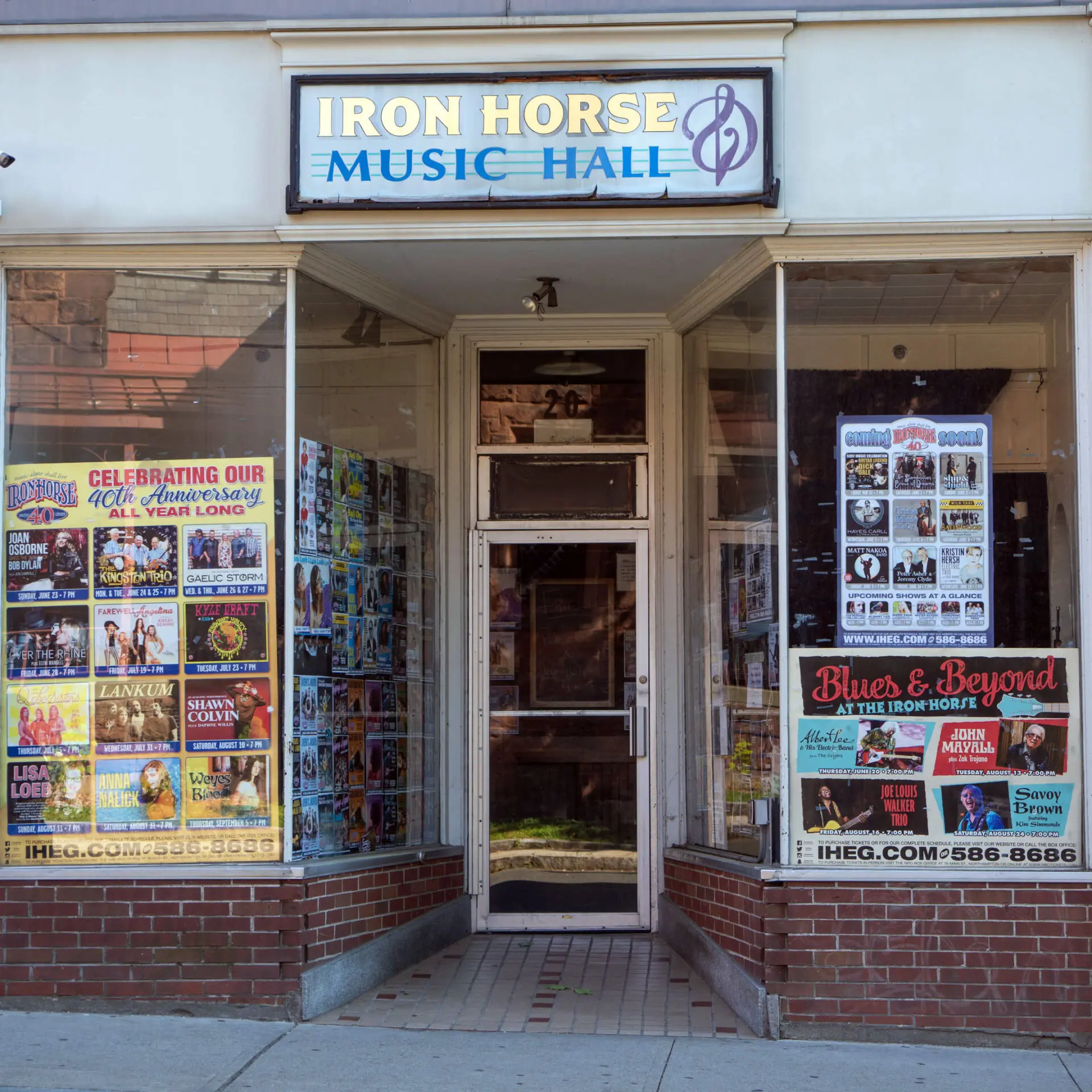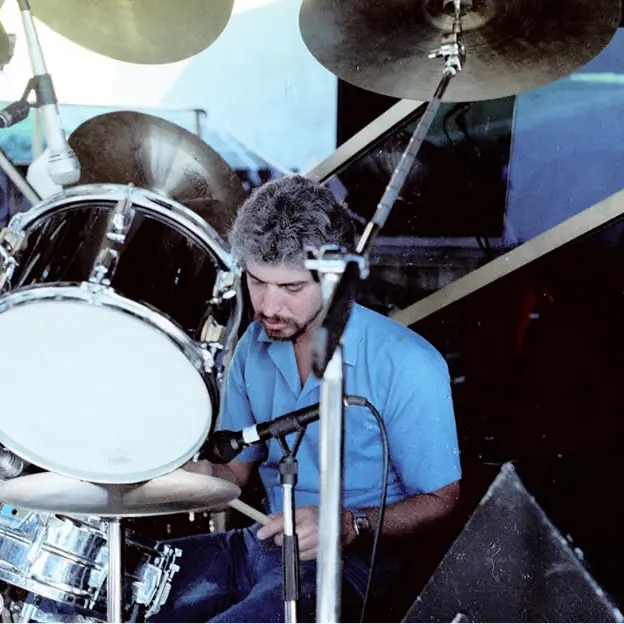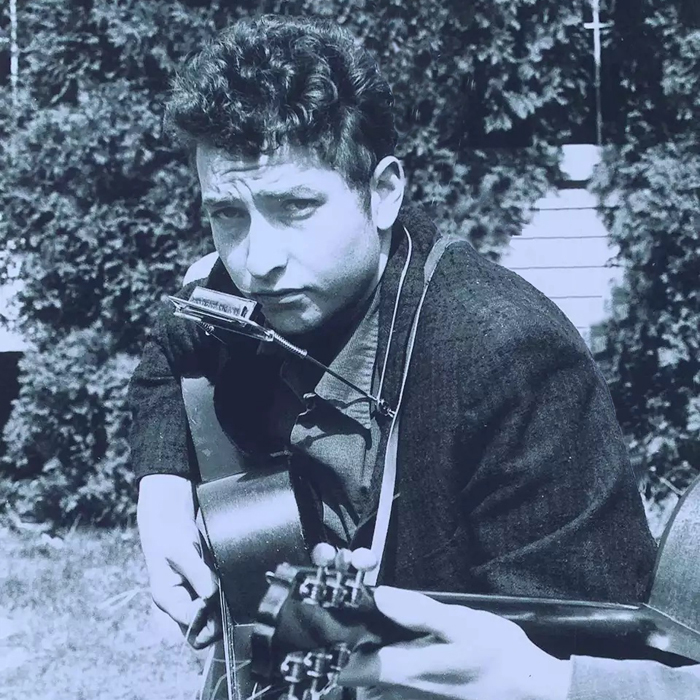Jonathan Edwards
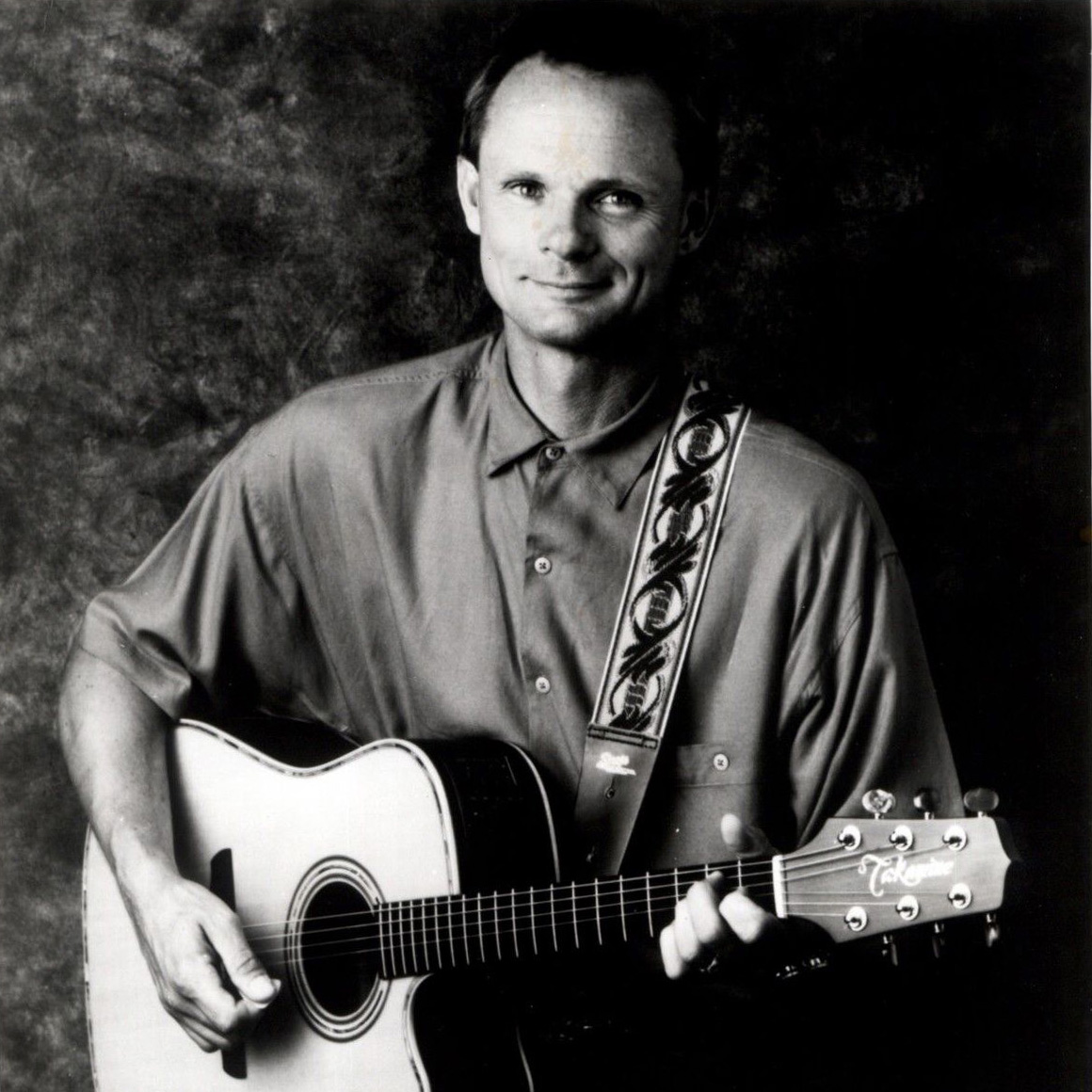
Search “Jonathan Edwards” on the web and what pops up to the top of the list? Not what a music lover might be expecting: the 18th -century revivalist preacher, theologian, philosopher and New England native. But actually, that’s not far off, since it partially describes singer-songwriter Jonathan Edwards.
In 1967, at age 21, Minnesota-born, Virginia-raised John (as he was known at the time) bought a van and trucked off with his band to Boston, playing in and around the city and throughout New England as Headstone Circus, Saint James Doorknob and The Finite Minds before settling on the name Sugar Creek. They recorded an album in 1969 on the long-since defunct Metromedia Records, Please Tell a Friend, which featured mostly driving, blues-influenced rock tunes. Edwards’ vocals back in those days sounded a bit grittier and quite different from how he would eventually deliver on such familiar hits as “Sunshine” and “Shanty.” Today, he’s a seemingly ever-present and enormously influential solo artist in the folk and Americana communities, performing regularly in venues large and small throughout New England and beyond.
Musical beginnings, Going electric
Born in Aitkin, Minnesota and raised in Virginia, Edwards began his musical journey by playing piano and singing in church, before being caught up by the captivating sound of the guitar. With a $29 one in hand and just a few chords mastered, he began composing and performing contemporary folk tunes in front of live audiences. While studying art at Ohio University, he became a fixture at local clubs, playing with a variety of rock, folk and blues bands. Music became a stronger draw than his other passion, painting, and he made that trek to Boston by selling his father’s car to buy the aforementioned van.
Like millions of other folk singers of his generation, Bob Dylan “going electric” at the Newport Folk Festival in 1965 inspired Edwards to do the same. After several grueling years of touring with a band and playing six 40-minute sets per night, he grew tired of the grind and opted out of that scene, decided that his future was going to be just himself, an acoustic guitar and a PA system. For the next few years, he appeared solo at dormitories at a plethora of college campuses in New England and the greater Northeast, gradually building a sizable fan base.
Debut album, “Sunshine”
Around 1970 while pursuing the woods as his muse with a bottle of wine in hand, he penned his best-known tune, “Sunshine,” which was included on his eponymous debut album, issued by Capricorn Records in November 1971. Guitarist Eric Liljequist and drummer Richard “Shtix” Adelman of Boston-based Orphan appear on the LP. The fact that “Sunshine” was even recorded was due to strange twist of fate, since the engineer accidentally erased a song that was intended for the album, “Please Find Me,” and Edwards cut “Sunshine” simply to replace it. The engineer was fired and Capricorn released the song as a single, recognizing that its message would resonate with the antiwar protest movement and growing anti-Nixon sentiment with lines like “He can’t even run his own life, I’ll be damned if he’ll run mine.” After gaining traction around New England, the song hit #4 in the Billboard Hot 100 in January 1972.
The success of ‘Sunshine” proved life-changing for Edward and catapulted him into an overnight success story. The trappings of a commercial triumph like that, especially on the young and impressionable, can cause huge distractions that lead an artist down a destructive path, but Edwards believed in himself and was intent on keeping that situation at a distance by remaining true to his core values, doing what he believed was right. That decision paid off.
Honky-Tonk Stardust Cowboy, Have A Good Time For Me
After the gigantic success of “Sunshine,” Edwards sought a more idyllic and inspiring setting – a farm in western Massachusetts – where he wrote songs about his life in general and what would become his second album, Honky-Tonk Stardust Cowboy (1972) on Atco Records. The acoustic, country-influenced offering led shortly thereafter to his second Atco release, Have a Good Time for Me (1973).
The latter LP featured Edwards performing songs written by others who were influential earlier in his career and that he felt were key to his own development. “It’s never been really important to me as to who wrote a song,” he says. “It’s about the song itself, the flow of the lyrics, and how the lyrics are married to the chords, the melody, and the rhythm. That’s why over the course of my recording career, close to 50% of the songs on my records have been written by somebody else. I’m OK with that.”
Illness, Lucky Day, Rocking Chair, Sailboat
Even as a solo artist, the demands of the road can test the endurance of the best of them and Edwards found the endless trail of travel taking its toll when he faced a life-threatening illness, prompting him to abandon his career and relocate to a farm he purchased in Nova Scotia for recovery and reassessment of his priorities. However, owing Atco one more album, he recorded Lucky Day (1974) at The Garage in Cambridge before his retreat to Nova Scotia and, to quote Joni Mitchell, “camp out on the land and set get my soul free.”
Not too long after that move, an unexpected invitation came from Emmylou Harris, leading to Edwards flying to Los Angeles and adding background vocals to her album Elite Hotel. That proved more successful than anticipated, as his newly formed relationship with the album’s producer, Brian Ahern, led to two more solo albums, Rocking Chair (1976, Reprise) and Sailboat (1977, Warner Bros.).
Other albums, Right Where I Am
Edwards moved back to the US in 1979 and settled in many other places along the career path, mostly sitting in and collaborating with other musicians, which led to a steady flow of recorded output with just a few gaps along the way: Live (1980), Blue Ridge (1985), Little Hands (1987), One Day Closer (1994), Natural Thing (1997), Man in the Moon (1997), Live in Massachusetts (2007), Rollin’ Along (2010), My Love Will Keep (2011), Tomorrow’s Child (2015) and his latest release Right Where I Am (2021).
Now 50-plus years and 19 albums into his career, Right Where I Am is particularly noteworthy because it’s the first album he’s ever recorded that features only his original songs. Edwards describes it this way: “This inspired collection proudly offers eight new pieces of music to help us all navigate through these different and challenging times. The title song is ‘Right Where I Am’ and, like the whole album, it was planted and grew organically, mostly during the locked-down summer of 2020. It is certifiably grass-fed, free-range, homemade and a lot of fun.”
Recent apearances
These days, Edwards lives in Portland, Maine and can be found performing regularly in venues across New England including in Maine at One Longfellow Square (Portland), Stone Mountain Arts Center (Brownfield) and Jonathan’s (Ogunquit); in New Hampshire at Tupelo Music Hall (Derry) and Rex Theatre (Merrimac); in Massachusetts at The Bull Run (Shirley), the Iron Horse Music Hall (Northampton and the Narrows Center (Fall River); and in Connecticut at Stage One (Fairfield). Given his wide popularity as a performer, Edwards does venture outside of New England to noteworthy venues such as The Birchmere in Alexandria, Virginia and Café Lena in Saratoga, New York.
When asked if he ever gets weary of singing “Sunshine,” “Shanty” or any of his other earlier compositions, he said he never does. “Every night is a new night, every crowd is a different context and every performance feels like the first time,” he said.
(by Karl Sharicz)

